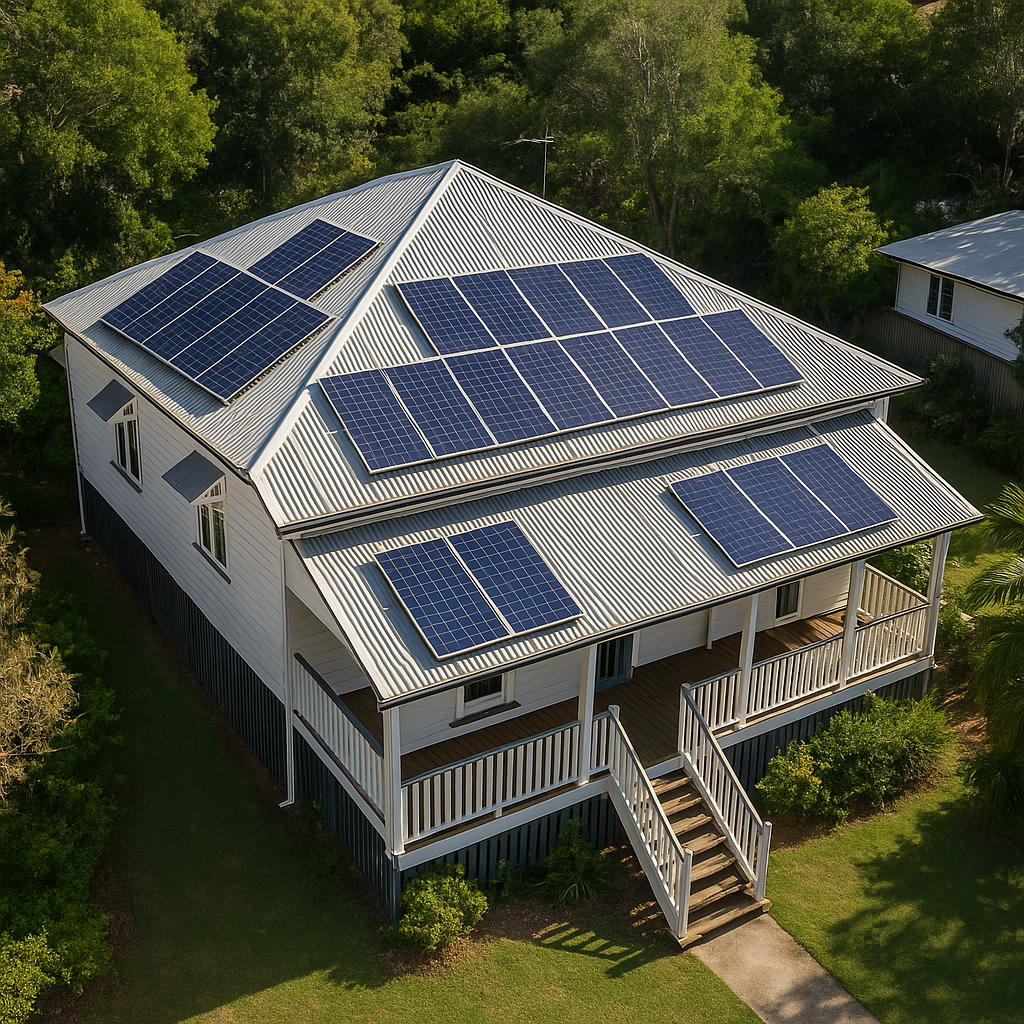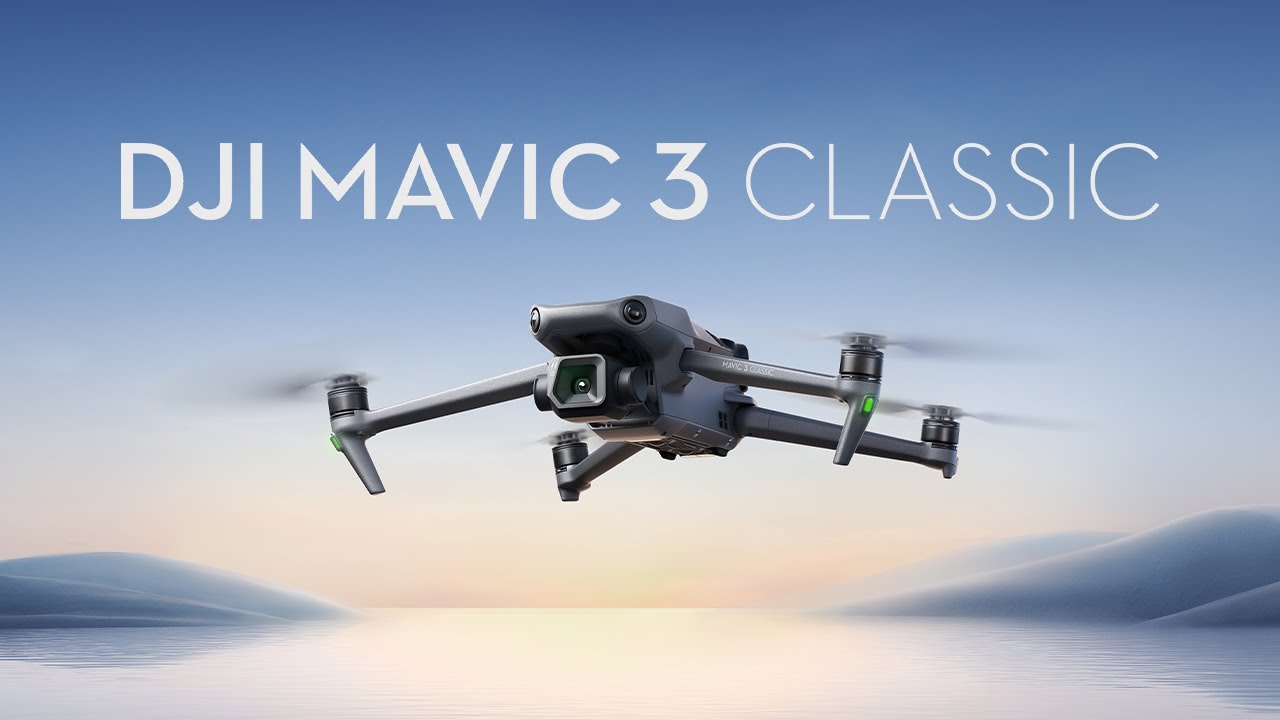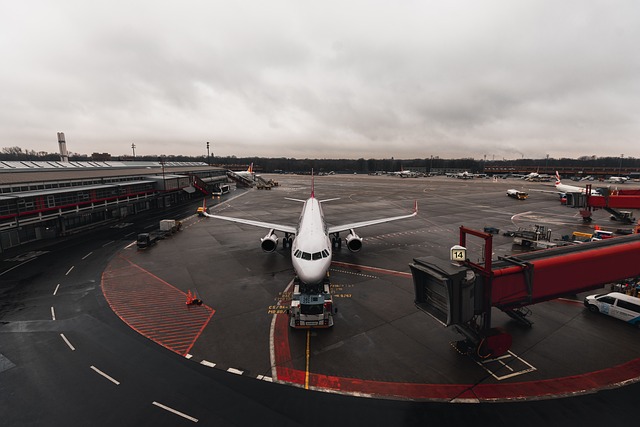Are the Solar Panels Hiding a Problem? Why Every Homebuyer Needs an Inspection
Solar panels wear and get damaged, how would you know?
Buying a home with solar panels? Great move. But before you celebrate those future savings, make sure you’re not also inheriting cracked glass, dodgy wiring, or a system on the brink of failure.
The Hidden Risk Behind the Rooftop
Solar panels are meant to last 20–25 years. But thanks to fierce price wars and cut corners, many don’t make it that far. In fact, a 2024 Guardian report revealed that faulty panels and poor installation are becoming more common and in some cases, dangerous. One Queensland couple saw their solar system catch fire and cause over $500,000 in damage after a faulty panel failed.
That’s why pre-purchase solar inspections matter.
What Can Go Wrong? More Than You Think.
Here are 7 common solar faults that Aerolens detects with fast, non-invasive drone thermal imaging:
1. Hot Spots
These are overheated cells caused by dirt, shading, or bad soldering. They reduce energy output and can eventually cause panel fires. We’ve seen panels burn through the backsheet if left unchecked.
2. Microcracks
Modern solar cells are ultra-thin—less than half the width of a credit card. That makes them fragile. Tiny cracks can start during shipping or install, and slowly eat away at performance. Most homeowners don’t even know they exist—until their energy bill goes up.
3. Broken Glass
Tree branches, hail, or even a rogue cricket ball can crack the glass surface. While some cracked panels keep working, performance suffers, and moisture can sneak in—accelerating internal damage.
4. Delamination
This happens when the layers inside the panel start peeling apart—usually from moisture or heat. It’s a red flag for electrical safety, and once it starts, it can’t be fixed.
5. Poor Wiring or Junction Box Failures
Panels don’t just generate power—they need to move it safely into your home. Bad string connections or burned-out bypass diodes can stop that flow entirely. Worse, they can create shock risks.
6. Snail Trails
Not as cute as they sound. These dark streaks appear when moisture reacts with cell material. They look cosmetic but often signal deeper cell degradation.
7. Potential-Induced Degradation (PID)
This is a slow killer—voltage imbalance caused by heat and poor grounding. PID quietly drains your energy output year after year, and most people never notice.
So What Does That Mean for Buyers?
If you’re buying a home with solar, you’re buying a system that’s supposed to offset your power bill for the next 10–15 years. But without a proper inspection, you could be:
- Paying for repairs within months
- Getting lower-than-promised solar output
- Void your warranty due to unnoticed damage
- Facing real safety hazards
How Aerolens Can Help
We use drone-mounted thermal cameras and smart diagnostic tools to scan for heat signatures, electrical mismatches, and hidden cell damage. It’s quick, affordable, and zero contact—we don’t even need to step on the roof.
Our inspections include:
- Thermal scan of all panels
- Visual drone imagery
- Fault detection report
- Actionable recommendations
- Optional follow-up for post-repair verification
Bottom Line:
Solar panels are a selling point but only if they work. Before you buy the house, let Aerolens inspect the system so you’re not stuck with someone else’s problems and ensure you are getting the power bill savings you thought you would.



